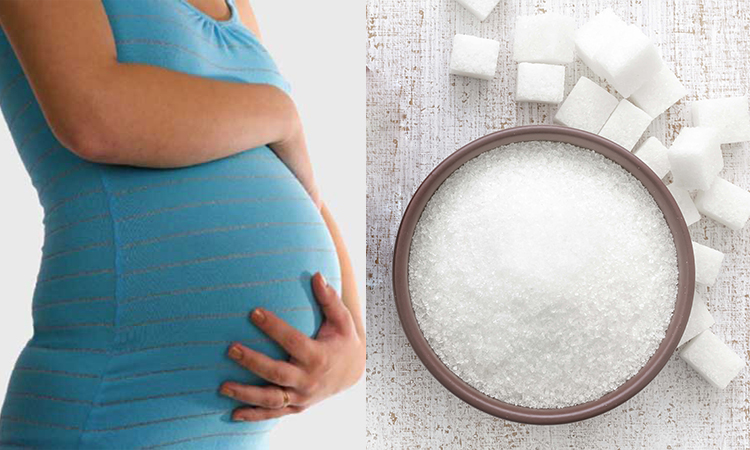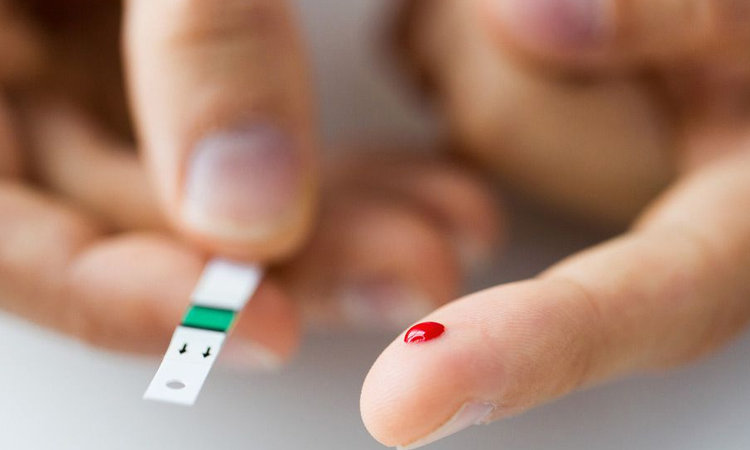Diabetes is a non-communicable disease that occurs when the human pancreas does not produce enough insulin. Insulin is a hormone that regulates blood sugar or glucose. Diabetes may also occur when the body fails to use the insulin produced effectively.
Currently, 6% of the world’s population i.e., more than 4.2 billion people has either type 1 diabetes or type 2 diabetes.It is the only major non-communicable disease in which the risk of early death is increasing rather than decreasing.A large number of people seriously infected and hospitalized with COVID-19 are those who are diabetic. If we talk about India, it has been included in the top 10 countries in terms of number of people living with diabetes in the International Diabetes Federation Diabetes Atlas, 2019.
Types of Diabetes
Type-1
This type of Diabetes mostly affects children aged 14-16 years, so it is also known as Juvenile diabetes. Type-1 diabetes occurs when the pancreas fails to produce enough insulin. People with type-1 diabetes are insulin-dependent, which means they have to take artificial insulin daily to survive.
Type-2:
It affects the way the human body uses insulin. In this condition, unlike type-1, the pancreas makes insulin, but the body’s cells are unable to use this insulin as effectively as a healthy body. Type-2 diabetes is mostly found in people over the age of 45 years. It causes rapidly increasing obesity in people.
Gestational Diabetes

Also read: Diet Plan to Stay Fit with Diabetes
Gestational diabetes mellitus occurs in women during pregnancy when sometimes due to pregnancy the body becomes less sensitive to the insulin produced in the pancreas. Gestational diabetes does not occur in all women and usually goes away after childbirth. In some cases, the development of the foetus is affected. However, the disease of GDM does not remain after delivery. Insulin is given to take a balanced diet and control blood sugar levels.
LADA
Latent Autoimmune Diabetes or LADA is a sub-type of type-1 diabetes that occurs in people over the age of 30. Medicines are given to the patient to take the right diet, exercise and increase the ability to make insulin.
MODY
Maturity Onset Diabetes Of The Young or MODY is different from type-1 or type-2. MODY also limits the body’s ability to produce insulin. When our bodies don’t produce enough insulin, it increases the blood glucose levels.Its cases are extremely rare. This diabetes run in the family for generations. Apart from medicines, the patient has to depend on insulin.
FCPD

Fibrocalculous pancreatic diabetes or FCPD is caused by damage to the pancreas due to not getting enough protein and nutrients. This is an uncommon form of diabetes that occurs as a result of chronic calcific pancreatitis. This happens because the function of the pancreas is affected for a long time. Insulin increases the efficiency of the pancreas. This type of diabetes is different to control.
Drug Induced Diabetes
In this, Insulin is not produced according to the body’s need due to the side effects of medicines like antidepressants, antipsychotics, especially taken in the treatment of any disease. In this case, the amount of sugar in the blood increases.
Secondary Diabetes
Secondary diabetes occurs due to many reasons such as autoimmune and genetic disorders, endocrine diseases, etc., the blood sugar level remains unstable, which increases the risk of diabetes. In this, the amount of medicine and insulin is decided according to the condition of the patient.
Diabetic ketoacidosis
Diabetic ketoacidosis is a serious is a serious complexity that occurs in young children. Like type-1, blood acids( ketones) are released in the urine of the child. Both type-1 and type-2 symptoms appear in this and are treated with medicines.
